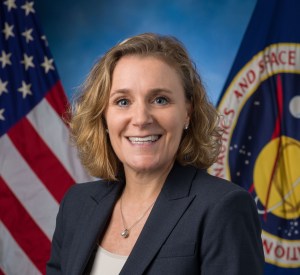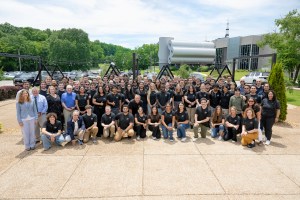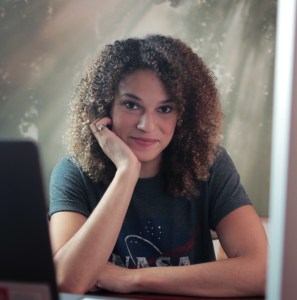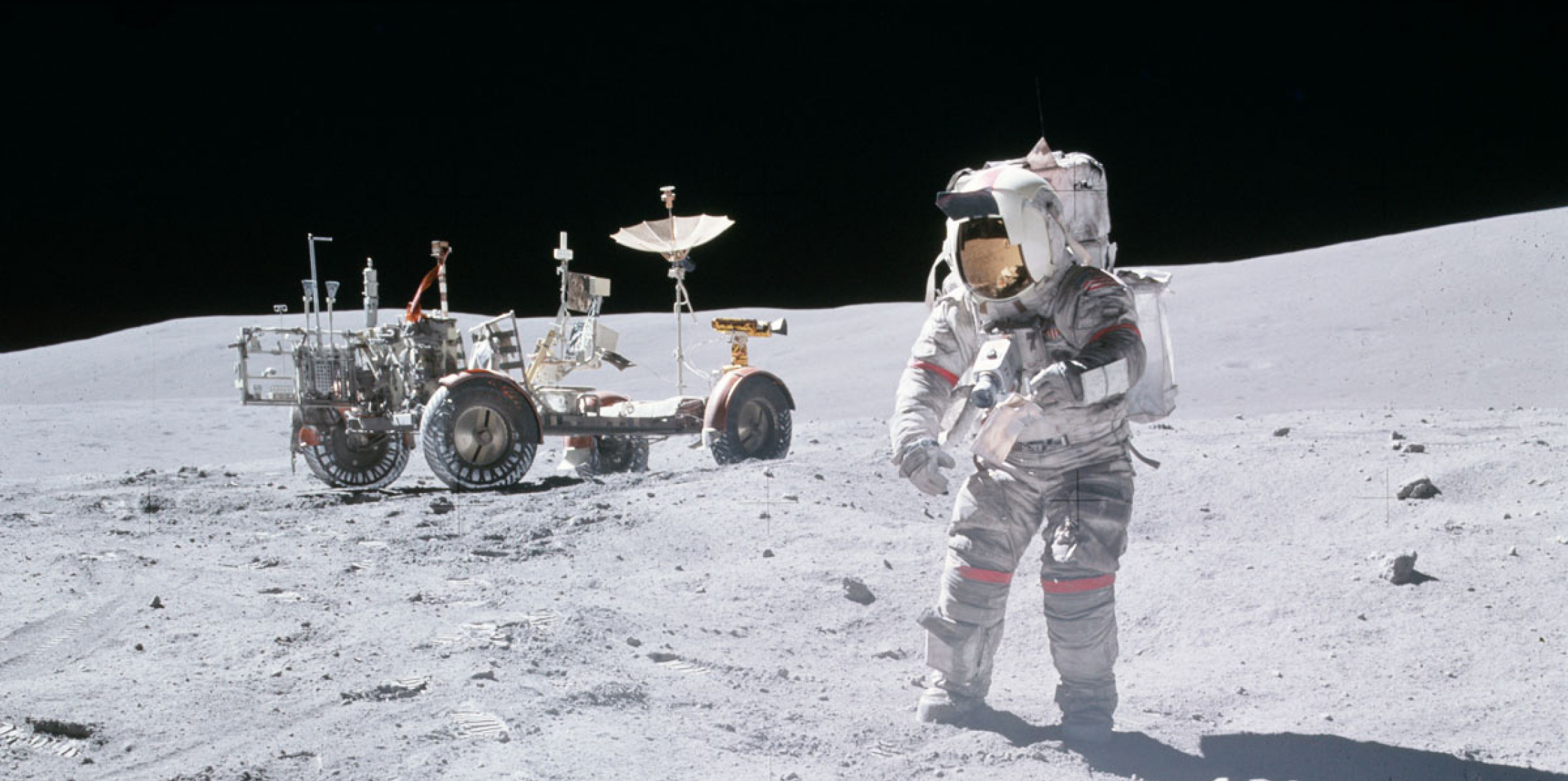Overview
Using the engineering design process, students will develop and build a shoebox glider, and then improve it in terms of aircraft and wing materials, shapes, and structure, to produce the greatest glide slope (the ratio of the distance traveled to decrease in altitude) possible.
Supporting Science Investigations:
- Exploring Glider Design – Assemble a balsa wood glider and explore the functions of its parts by flying it with a part removed or adjusted.
- Air Force Three – Conduct three simple investigations to experience the effects of Bernoulli’s principle which states that as air moves faster, it exerts less pressure perpendicular to the direction the air is moving.
- What’s the Point? – Experience how an airplane wing can direct the air above and below it depending on the wing’s angle of attack as an application of Newton’s third law of motion
Introduction Video
EDC-02: Let it Glide Facilitation Guide (PDF)
EDC-02: Let it Glide Facilitator Presentation (PDF)
Next Generation Science Standards Addressed
Engineering Design
- MS–ETS1-1. Define the criteria and constraints of a design problem with sufficient precision to ensure a successful solution, taking into account relevant scientific principles and potential impacts on people and the natural environment that may limit possible solutions.
- MS–ETS1–2. Evaluate competing design solutions using a systematic process to determine how well they meet the criteria and constraints of the problem.
- MS–ETS1–3. Analyze data from tests to determine similarities and differences among several design solutions to identify the best characteristics of each that can be combined into a new solution to better meet the criteria for success.
- MS–ETS1–4. Develop a model to generate data for iterative testing and modification of a proposed object, tool, or process such that an optimal design can be achieved. The performance expectations above were developed using the following elements.
Waves and Electromagnetic Radiation
- MS–PS2–1. Apply Newton’s Third Law to design a solution to a problem involving the motion of two colliding objects.
- MS–PS2–2. Plan an investigation to provide evidence that the change in an object’s motion depends on the sum of the forces on the object and the mass of the object.
- MS–PS2–5. Conduct an investigation and evaluate the experimental design to proivde evidence that fields exist between ojects exerting forces on each other even though the objects are not in contact.
Related NASA Content
Online Resources
- Air Foils – Through design and construction, students learn how airfoils create lift.
https://www.nasa.gov/pdf/544371main_PS1_Airfoils_C4.pdf - Beginner’s Guide to Aerodynamics – Study aerodynamics at your own pace and to your own level of interest.
https://www.grc.nasa.gov/WWW/K-12/airplane/bga.html - Paper Airplane Activity – Students select and build one of five different paper airplane designs and test them for distance and for time aloft.
https://www.grc.nasa.gov/www/k-12/aerosim/LessonHS97/paperairplaneac.html - Parts of an Airplane – Students analyze the individual components of an aircraft, learn how to identify them, and develop an understanding of how each component works.
https://www.hq.nasa.gov/office/aero/pdf/parts_of_an_airplane_5-8.pdf - Smart Skies – Explore the exciting worlds of aviation technology and air traffic management.
https://smartskies.nasa.gov/index.html - Flight Research Building (hangar) – General information about the facility and NASA’s research aircraft at GRC.
https://www1.grc.nasa.gov/facilities/hangar/ - Flight Research Building (hangar) – Gallery – Select NASA images highlighting research conducted at GRC’s Flight Research Building
https://www1.grc.nasa.gov/facilities/hangar/#gallery - Aerodynamics Index – A compilation of slides and scientific explanations regarding flight
http://www.grc.nasa.gov/WWW/K-12/airplane/short.html - NACA 100 Years – A complete overview of the last 100 years of flight including images, articles, and artifacts
http://www.nasa.gov/naca100
Informational Videos
- Index of Podcasts – A series of short videos that discuss the scientific topics that lead to the invention of the modern airplane.
http://www.grc.nasa.gov/WWW/K-12/airplane/podcast.html - Launchpad – Bernoulli’s Principle On-Board the International Space Station –See how Bernoulli’s principle can be applied aboard the International Space Station.
https://www.youtube.com/watch?v=J4WRd7OAt0A - NASA Aeronautics: A New Strategic Vision – Learn about NASA’s vision for aeronautics research.
https://www.youtube.com/watch?v=TesfgMtlGQ0 - NACA – NASA 1915-2015 “We Fly, We Explore, We Measure, We Reveal, We Discover” – Highlights the 100 years of flight history
https://www.youtube.com/watch?v=UKBPxRAGMBA - NASA 360 – NASA and the Future of Aeronautics – A 24-minute feature about NASA’s work in aeronautics and testing using scale models
https://www.youtube.com/watch?v=DOSE7JxsKB0 - Real World: The Silent Airliner – Learn how NASA engineers are working to design safer, faster, quieter aircraft that have less impact on the environment
https://www.youtube.com/watch?v=J43ejj92Das
Contact Information
Gerald Voltz
Education Program Specialist
gerald.w.voltz@nasa.gov
(216) 433-8817
Glenn Research Center – Office of STEM Engagement
Phone: (216) 433-6656
Email: GRC-Ed-Opportunities@nasa.gov
Latest Content
Stay up-to-date with the latest content from NASA as we explore the universe and discover more about our home planet.

Lisa Pace knows a marathon when she sees one. An avid runner, she has participated in five marathons and more…

NASA’s Human Lander Challenge marked its second year on June 26, awarding $18,000 in prize money to three university teams…

Astrophysics Science Video Producer – Goddard Space Flight Center Growing up in Detroit with a camera in her hand, Sophia…
























